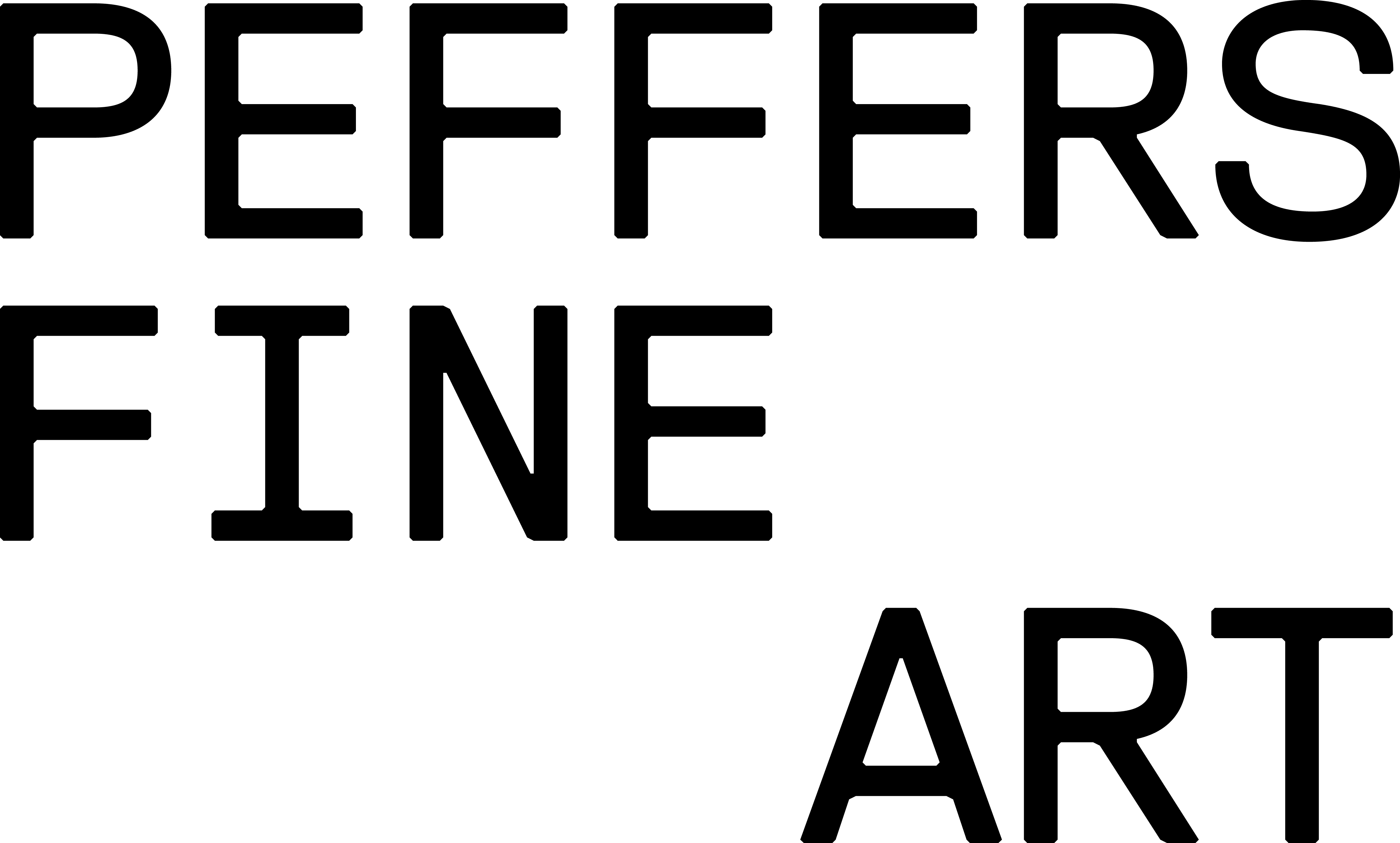Dumile Feni: Sculpture
-
-
Dumile Feni was a gifted sculptor. His drawings are executed in an entirely linear fashion and have a clear sculptural quality. Although perhaps better known for his drawings, Dumile thought and expressed himself as a sculptor, albeit through the medium of drawing much of the time. His drawings do not attempt to depict a final three-dimensional form, rather, the drawings themselves are intrinsically sculptural. Dumile produced some of the most influential sculptures that the South African, and indeed international, art markets had seen at the time time. His sculpturtes are, to this day, fundamentally influential on younger generations of artists.
After relocating to Johannesburg, Dumile's reputation swiftly grew within the city's art community. His bold, expressive and unflinching drawings left a lasting impact on South African art. In the subsequent years he exhibited extensively including solo and group shows at the Johannesburg Art Gallery; The Pretoria Art Museum; Gallery 101, Johannesburg; Adler Fielding Galleries, Johannesburg; and the Natal Society of Art Gallery, Durban. In 1967, he represented South Africa with five works at the São Paulo Biennale in Brazil.
The prominent artist and educator, Bill Ainslie, was taken by the natural talent and promise of the young artist. Around this time he wrote:
“[Dumile] took the raw material of his life in Soweto, and it was a life of real ordeal and translated it into work in a manner which revealed a capacity to face unflinchingly the most frightening extremities of human desperation and cruelty without spilling over into sentimentality or overblown expressionism. His originality led to a new style of drawing in South Africa, but I have not found anybody equal the ferocity and compassion of his work.”
-
"It was all in the form, the shape, and the delicacy of representation that made me feel that he was not exploiting hardship, not exploiting nudity and not exploiting Africanness to make a point. He is saying something about humanity, the humanity that he knows: an African humanity. It was the sort of thing in the face of which I wanted to weep and to smile at the same time."
– Justice Albie Sachs
-

Dumile Feni, Head
(image courtesy Mutual Art) -
Anguished Woman, 1967/8
-
-
However, Dumile’s early representations of the human form in bronze were more organic and sensitive, with edges annular and forgiving. Anguished Woman (1967/8), a bronze created during his final months in South Africa, is a perfect example of his early-developed work.
Dumile’s interest in the social oppression of women under apartheid is subtly expressed. The sunken, graceful twist and fall of the head intimates something of Christ’s crucifixion, while the shoulders and arms suggest the bridled restraint of Michelangelo’s Prisoners. But it is the feminine modelling of the figure with its ovate, anguished eyes that evokes its maudlin sensibilities.
-

-

-

-
-

A rare photograph of the Vignali Foundry with Anguished Woman in the foreground
[image courtesy Vignali Foundry]
-
Portrait of Rabia, 1966/7
-
-
The two terracotta sculptures, produced a few years earlier, foreshadow many of the themes of Anguished Woman and a developing aesthetic.
These works, created in Durban while living with the Badsha family, exhibit many of the refrains and figurative gestures of his early drawings. The posture of Portrait of Rabia, with its raised chest and tilted head, can be seen again in drawings such as Untitled (Kneeling Women), 1966/7.
-

-

-

-
-
Birth, 1966/7
-
-
The other terracotta sculpture, Birth, 1966/7, is a perfect model of Dumile’s early thematic interests and practice. Women and their labour were some of his enduring concerns, as the sketch Birth II attests.
The sculpture has many of the early gestural modalities of his early sketches: its nodular, clawing hands, depicting the agonies and labours of birth. The work of a figure under the constraint of violent social and biological forces links him with a whole line of modernist artists, from Rodin to Albert Adams.
-

-

-

-
-
Portrait of Omar, cast c.1980
-
-
However, perhaps one of the most unique sculptures cast in Dumile’s lifetime is Portrait of Omar, (cast circa 1980). The vitality of the head is conveyed by the twisted mouth and the elongated nose, which look like they have been hewn out by an axe. The eyes, in contrast, seem as if they were broken out by a rough stone chisel. The sculpture is evocative of a rune stone, marked with the features of one of Dumile’s closest friends.
-

-

-

-
-
Artworks























